At the end of our journey through vineyards and cellars, which again this year took us from the Aosta Valley to the island of Pantelleria to compile the Italian Wines Guide 2025 by Gambero Rosso, we can affirm that Italy’s wine industry – despite the complex international challenges, which unfortunately affect our sector as well – is in a phase of great creative momentum. On the one hand, there is technical innovation and experimentation, with examples including the spread of resistant grape varieties, new rootstocks in the vineyard, and constant technological updates in wineries. On the other hand, there is a renewed relationship with the environment, focused on sustainability and the harmonious development of wineries, which are increasingly engaged with and participating in local policies.
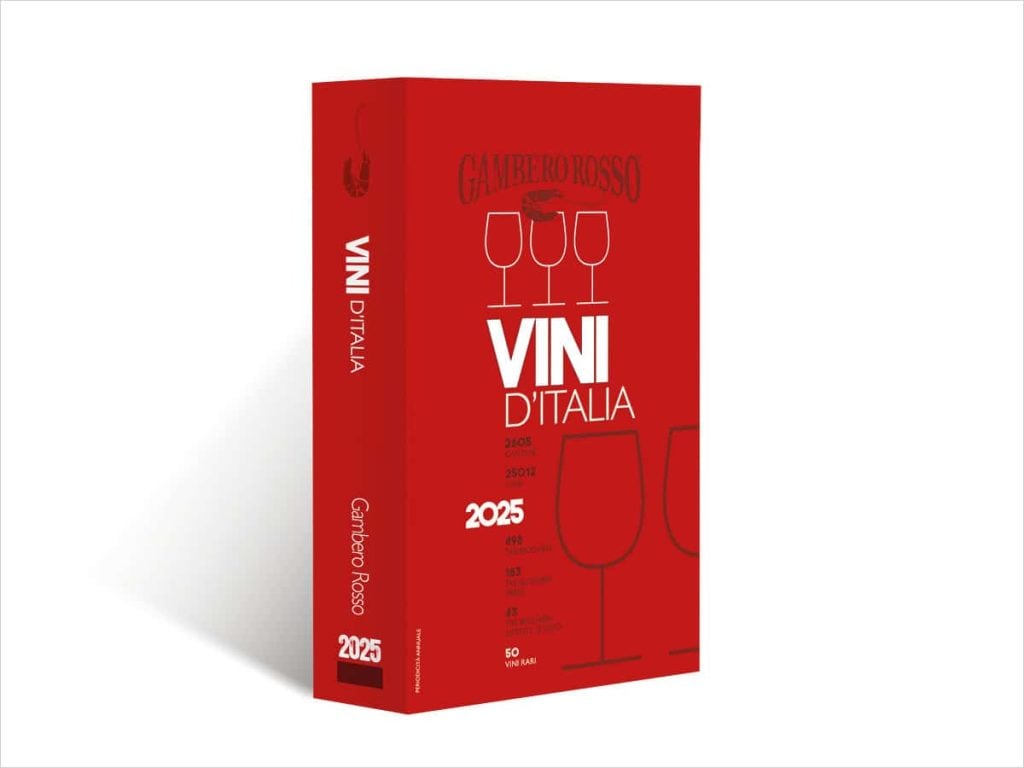
This approach translates into an unmistakable style, rooted in typical Italian grape varieties. Whether through the rediscovery of traditional winemaking techniques and alternative wine vessels, or through wines of more classic and established styles, the Italian character is unmistakable. Both we and wine lovers around the world – who have made Italy the top country for wine exports – look for harmony, balance, freshness, and an authentic reflection of the territory in the glass. This applies equally to simpler, everyday wines as well as to the most prestigious appellations, representing Italy’s beauty and goodness on the world stage.
Tre Bicchieri 2025: an overview from North to South
This is all summarised in our 498 "Tre Bicchieri" wines (which can be tasted in Rome on 13 October) and the roughly 2,000 wines that reached our final tastings. Alongside internationally renowned companies and cooperatives, there is ample space for small winemakers and artisans.
Piedmont and Tuscany, with 91 and 75 awarded wines respectively, once again top the list for the number of "Tre Bicchieri" awards. In Piedmont, it is worth noting that wine consumption seems to have shifted towards whites, with Timorasso enjoying a golden moment. In Tuscany, Chianti Classico is the most represented appellation with over 20 awarded labels, though there are also memorable labels from other areas like Montalcino, Bolgheri, and San Gimignano.
As for the other regions, a quick overview from North to South of the peninsula reveals a mix of established names and first-time winners. Lombardy boasts a national lead in classic method wines with many Franciacorta and Oltrepò Pavese labels. In Veneto, we found wines with a sleeker and lighter profile in the Valdobbiadene district. Despite some previously noted challenges, Montepulciano dominates our list of award-winning wines in Abruzzo.
In Campania, we note positive signs from the red wine sector, which is more focused than last year. In Puglia, despite the early harvest and drought that reduced yields, producers who worked well achieved results ranging from satisfactory to excellent. In Calabria, we highlight the comeback of Cirò in grand style, as many skilled producers, both established and new, are helping it emerge as a great wine.
In Sicily, as anticipated, Etna plays a leading role, particularly for red wines, with nine wines reaching the highest accolades.
Tre Bicchieri 2025: discover the award-winning wines by Gambero Rosso Region by Region
Guide Partners

Event's Partners
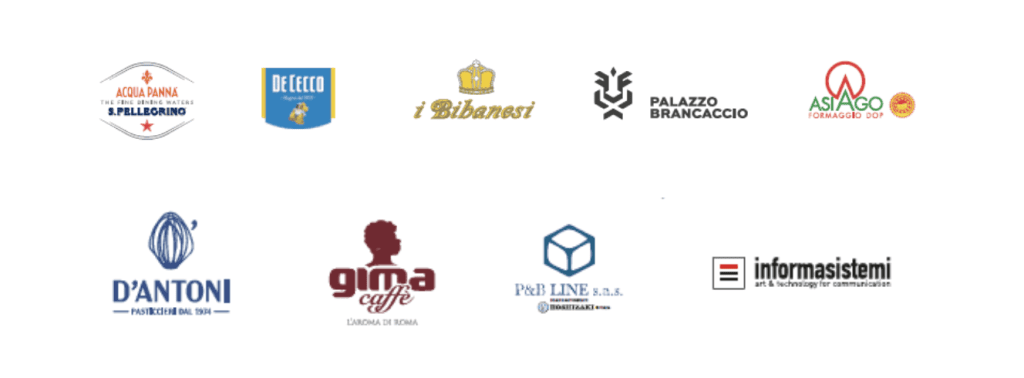

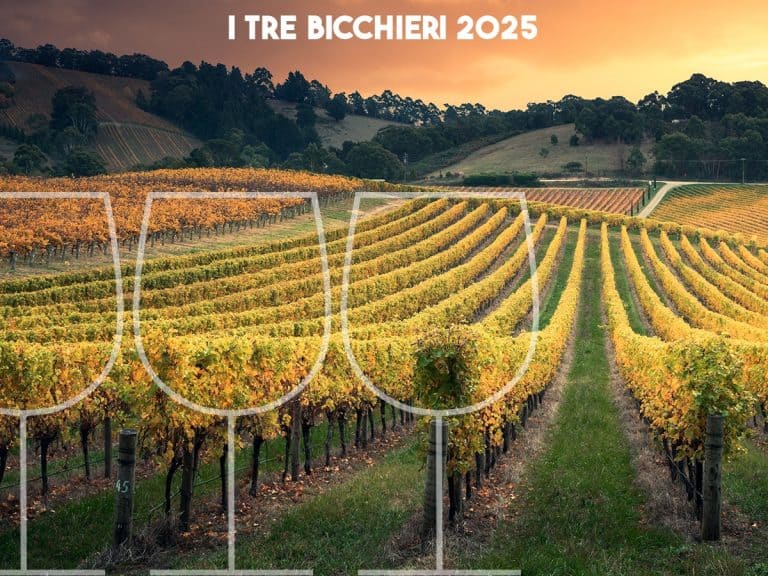
 Women are the best sommeliers. Here are the scientific studies
Women are the best sommeliers. Here are the scientific studies Where to eat at a farm stay in Sicily: the best addresses in the Provinces of Trapani, Palermo, and Agrigento
Where to eat at a farm stay in Sicily: the best addresses in the Provinces of Trapani, Palermo, and Agrigento Wine in cans, bottle-fermented, and alcohol free: the unstoppable change in Gen Z’s tastes
Wine in cans, bottle-fermented, and alcohol free: the unstoppable change in Gen Z’s tastes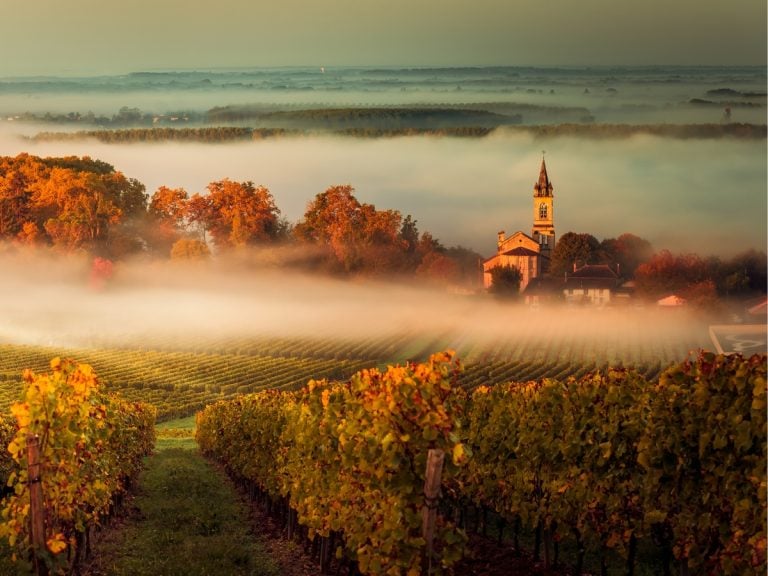 The great Bordeaux exodus of Chinese entrepreneurs: around fifty Châteaux up for sale
The great Bordeaux exodus of Chinese entrepreneurs: around fifty Châteaux up for sale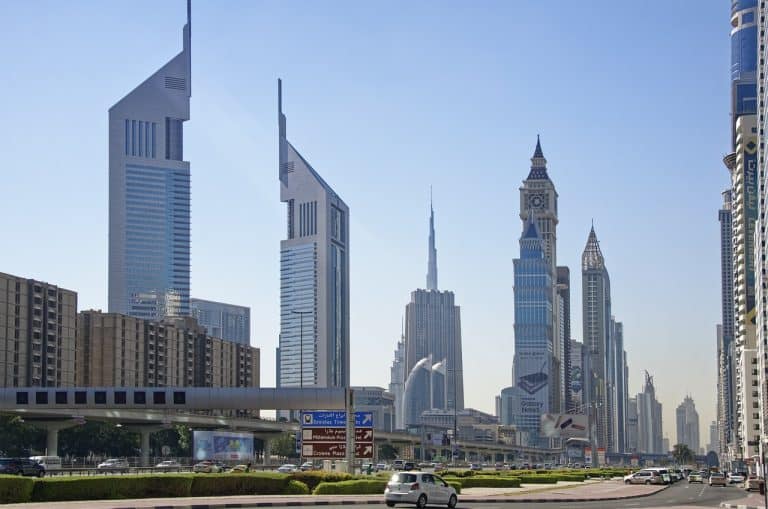 Dubai speaks Italian: a journey through the Emirate's best Italian restaurants
Dubai speaks Italian: a journey through the Emirate's best Italian restaurants







